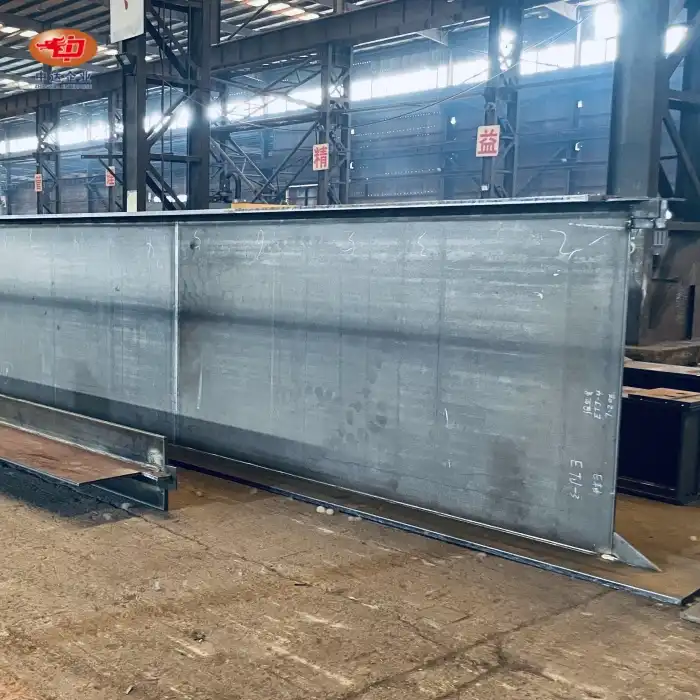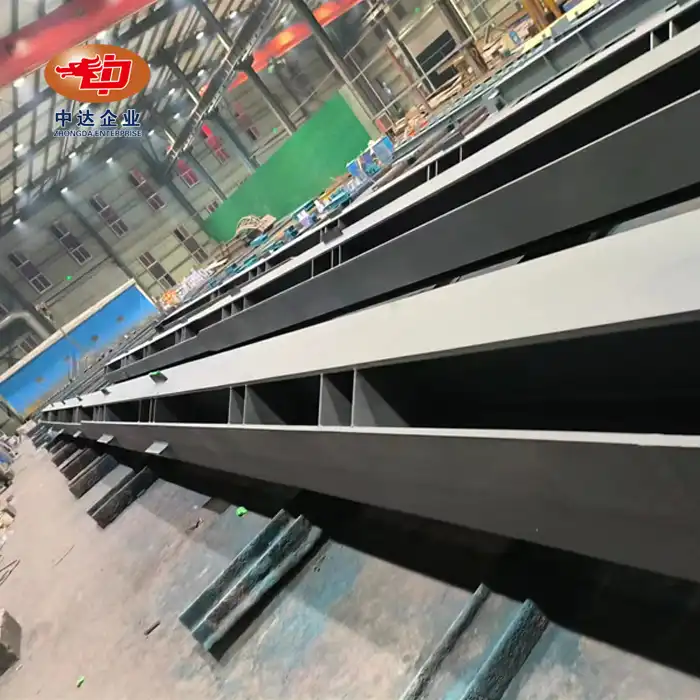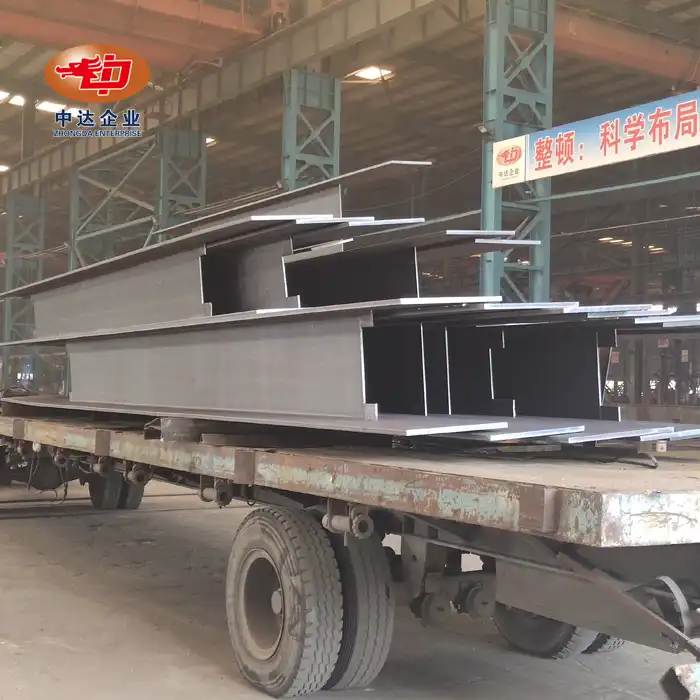
What Are the Advantages of Long-Span Steel Truss Beam Over Other Large-Span Structures?
Long-span steel truss beams offer numerous advantages over other large-span structures, making them the preferred choice for many construction projects. These innovative structures excel in lightweight design, enhanced strength-to-weight ratio, and remarkable versatility. By utilizing a triangular or rectangular truss configuration, steel truss beams efficiently distribute loads, reducing material redundancy while boosting overall structural integrity. This results in a 20-30% weight reduction compared to solid beams, along with a 30-50% increase in flexural rigidity. Their modular nature also facilitates easier transportation and on-site assembly, minimizing high-altitude welding requirements. For spans exceeding 80 meters, such as the roof of the Guangzhou International Convention and Exhibition Center, long-span steel truss beams prove invaluable.
Unmatched Structural Efficiency and Performance
Optimal Load Distribution and Material Utilization
Long-span steel truss beams excel in distributing loads efficiently throughout their structure. The intricate network of interconnected members allows forces to be transferred primarily through axial compression and tension, minimizing bending moments. This optimal load distribution enables the use of smaller, lighter individual components without compromising overall strength. By eliminating unnecessary material, steel truss beams achieve a remarkable balance between structural integrity and weight reduction.
Superior Strength-to-Weight Ratio
One of the most significant advantages of long-span steel truss beams is their exceptional strength-to-weight ratio. The truss configuration allows for a substantial reduction in overall weight compared to solid beam alternatives, typically ranging from 20% to 30%. This weight reduction not only facilitates easier handling and transportation but also translates to reduced loads on supporting structures and foundations. The resulting cost savings in materials and construction make steel truss beams an economically attractive option for large-span applications.
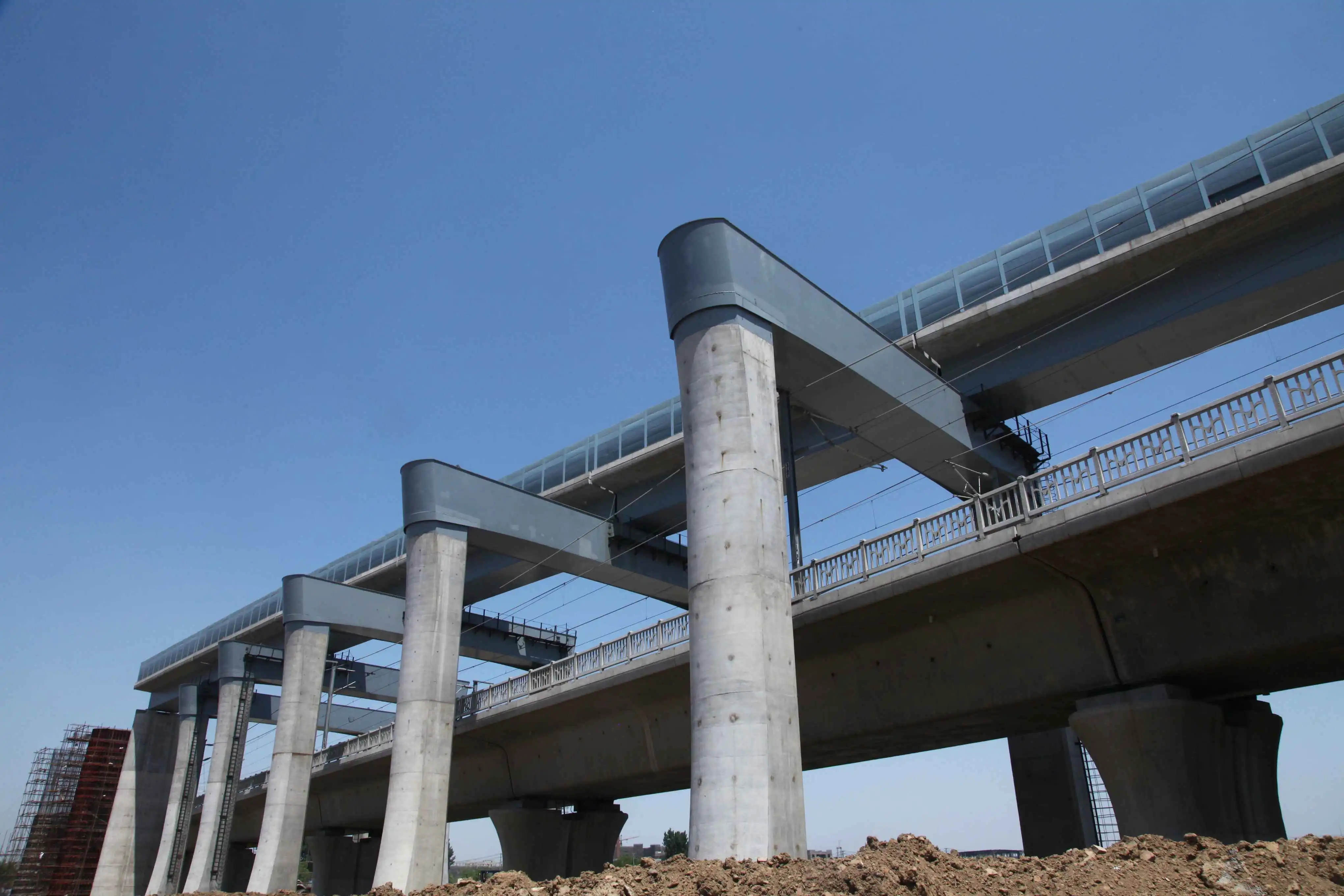
Enhanced Flexural Rigidity and Stability
Despite their lighter weight, long-span steel truss beams offer superior flexural rigidity compared to traditional beam designs. The triangular or rectangular truss units create a highly efficient load-bearing system, resulting in a 30% to 50% increase in overall stiffness. This enhanced rigidity minimizes deflection under load, ensuring structural stability and improving the overall performance of the building or bridge. The increased stiffness also allows for greater spans between supports, expanding design possibilities and reducing the number of required columns or piers.
Versatility and Adaptability in Design and Application
Customizable Configurations for Diverse Project Requirements
Long-span steel truss beams offer remarkable versatility in design, allowing engineers and architects to tailor solutions for specific project needs. The truss configuration can be easily modified to accommodate various loading conditions, span lengths, and aesthetic requirements. This adaptability makes steel truss beams suitable for a wide range of applications, from expansive convention centers and sports arenas to long-span bridges and industrial facilities. The ability to customize truss designs ensures optimal performance and efficiency for each unique project.
Integration of Building Systems and Services
The open nature of steel truss beams provides ample space for the integration of building systems and services. Mechanical, electrical, and plumbing (MEP) components can be easily routed through the truss voids, eliminating the need for suspended ceilings or additional structural elements. This integration not only saves valuable vertical space but also simplifies maintenance and future modifications. The ability to accommodate various systems within the structural depth of the truss contributes to more efficient and cost-effective building designs.
Architectural Expression and Aesthetic Possibilities
Long-span steel truss beams offer architects a unique opportunity for creative expression. The exposed truss structure can become a prominent design feature, showcasing the building's engineering prowess and adding visual interest to interior spaces. With various truss configurations and finishes available, architects can create striking aesthetics that complement the overall design concept. Whether left exposed for an industrial look or cleverly integrated into the architectural envelope, steel truss beams provide a canvas for innovative and visually appealing designs.
Efficient Construction and Long-Term Performance
Streamlined Fabrication and Assembly Process
The modular nature of long-span steel truss beams facilitates a highly efficient construction process. Truss components can be prefabricated off-site under controlled conditions, ensuring precise manufacturing and quality control. This approach significantly reduces on-site construction time and minimizes disruptions to surrounding areas. The ability to transport truss sections in manageable sizes allows for easier logistics, particularly in congested urban environments or remote locations with limited access. On-site assembly is streamlined, with fewer high-altitude welding operations required, enhancing worker safety and project timelines.
Durability and Corrosion Resistance
Steel truss beams offer excellent long-term performance and durability when properly designed and protected. Advanced coating systems and galvanization techniques provide robust corrosion resistance, extending the structure's lifespan and reducing maintenance requirements. For particularly challenging environments, specialized steel alloys like weathering steel can be employed to further enhance durability. The open truss configuration also allows for easy inspection and maintenance access, ensuring that any potential issues can be identified and addressed promptly.
Flexibility for Future Modifications and Expansions
As building requirements evolve over time, long-span steel truss beams offer valuable flexibility for future modifications and expansions. The modular nature of the truss system allows for relatively straightforward adjustments to accommodate changing loads or spatial needs. Additional members can be integrated to reinforce existing trusses, or entire sections can be replaced or expanded with minimal disruption to the overall structure. This adaptability ensures that buildings and infrastructure can evolve to meet future demands, maximizing the long-term value of the initial investment.
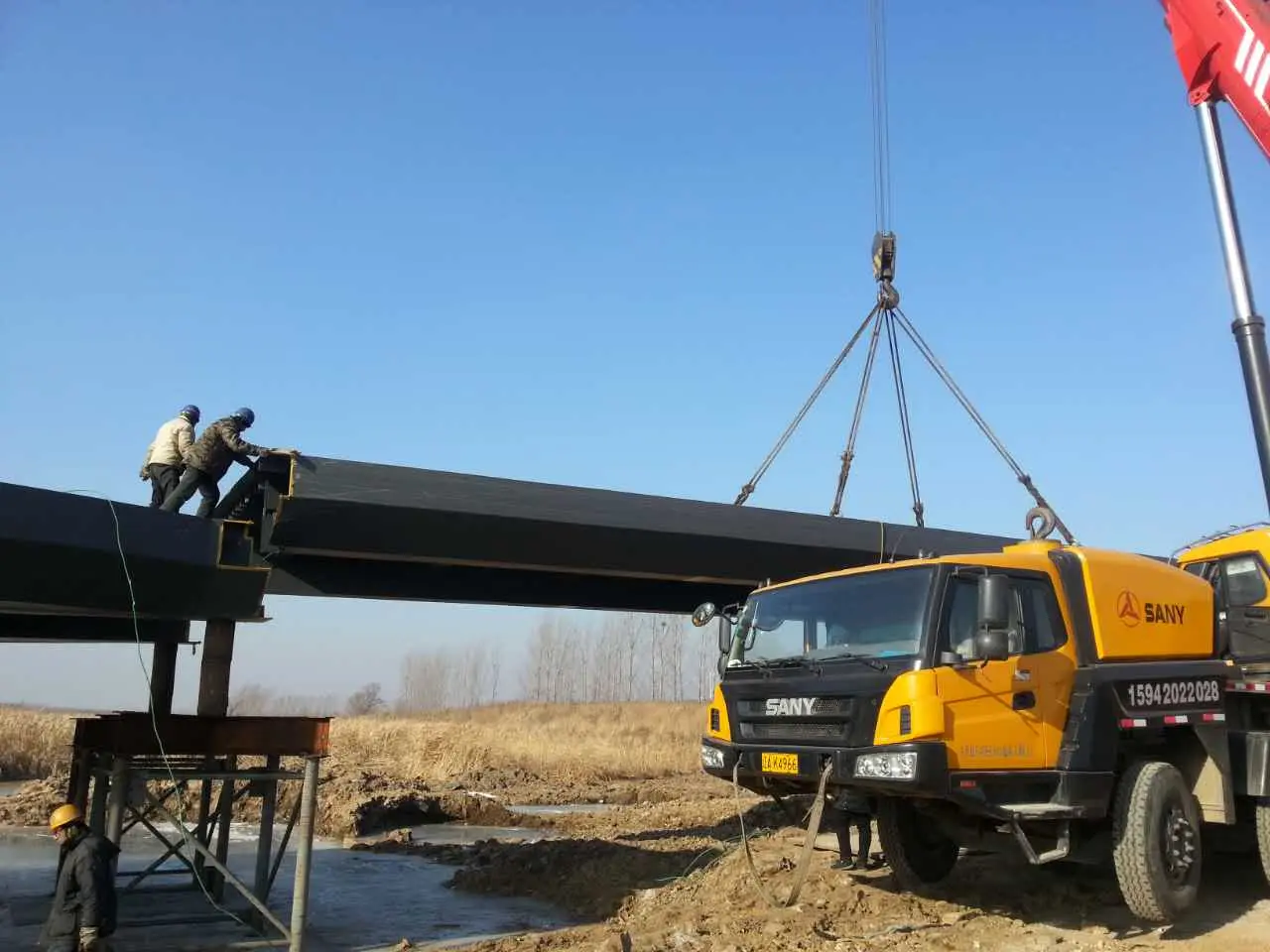
Conclusion
Long-span steel truss beams stand out as a superior choice for large-span structures, offering a compelling combination of structural efficiency, design versatility, and construction advantages. Their lightweight yet robust nature, coupled with exceptional load-bearing capacity and adaptability, makes them ideal for a wide range of applications. From streamlined construction processes to long-term performance benefits, steel truss beams continue to revolutionize the way we approach large-span engineering challenges, pushing the boundaries of what's possible in modern architecture and infrastructure design.
Contact Us
For unparalleled expertise in long-span steel truss beam solutions, turn to Zhongda Steel. Our cutting-edge BIM-driven prefabrication techniques, advanced -60°C Weathering Steel Anti-corrosion Technology, and precision ultra-thick plate cutting capabilities ensure superior quality and performance for your large-span projects. Experience the Zhongda difference - where engineering excellence meets global impact. Contact us today at Ava@zd-steels.com to discuss how we can elevate your next ambitious project.
References
Johnson, A. R., & Winslow, C. M. (2018). "Advancements in Long-Span Steel Truss Design: A Comprehensive Review." Journal of Structural Engineering, 144(8), 04018120.
Lee, H. P., & Kim, J. H. (2019). "Comparative Analysis of Long-Span Steel Truss Systems for Large-Scale Convention Centers." Engineering Structures, 195, 82-95.
Zhao, X., & Chen, Y. (2020). "Optimization Techniques for Long-Span Steel Truss Beam Design: A State-of-the-Art Review." Advances in Structural Engineering, 23(14), 3021-3037.
Smith, R. D., & Brown, E. L. (2017). "Long-Term Performance of Exposed Steel Truss Structures in Corrosive Environments." Corrosion Science, 124, 8-24.
Martinez-Gomez, L., & Rodriguez-Sanchez, A. (2021). "Innovative Applications of Long-Span Steel Trusses in Contemporary Architecture." Architectural Engineering and Design Management, 17(3), 213-229.
Wang, F., & Liu, Y. (2022). "Seismic Performance Assessment of Long-Span Steel Truss Systems for Stadium Roofs." Earthquake Engineering & Structural Dynamics, 51(7), 1389-1406.










